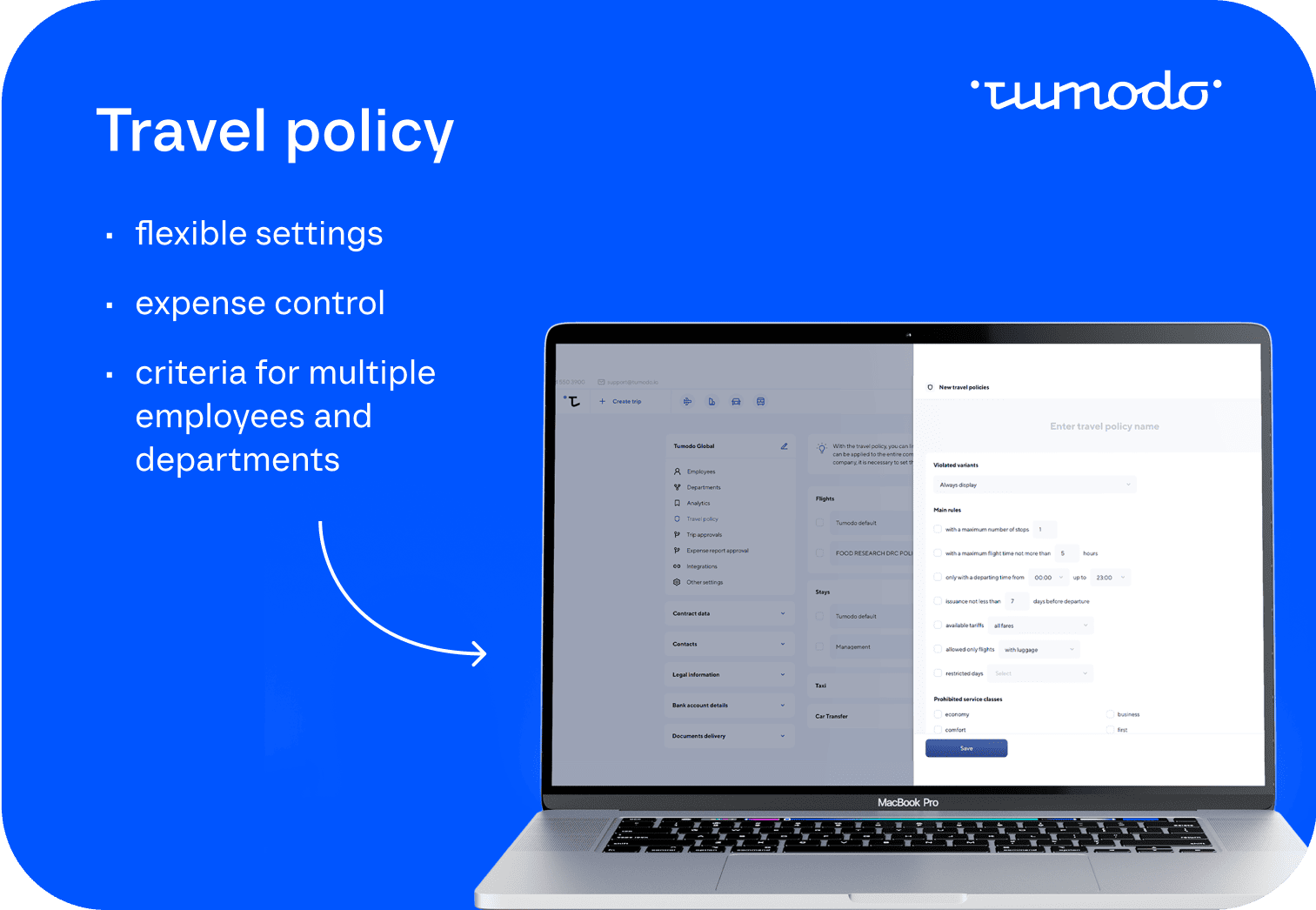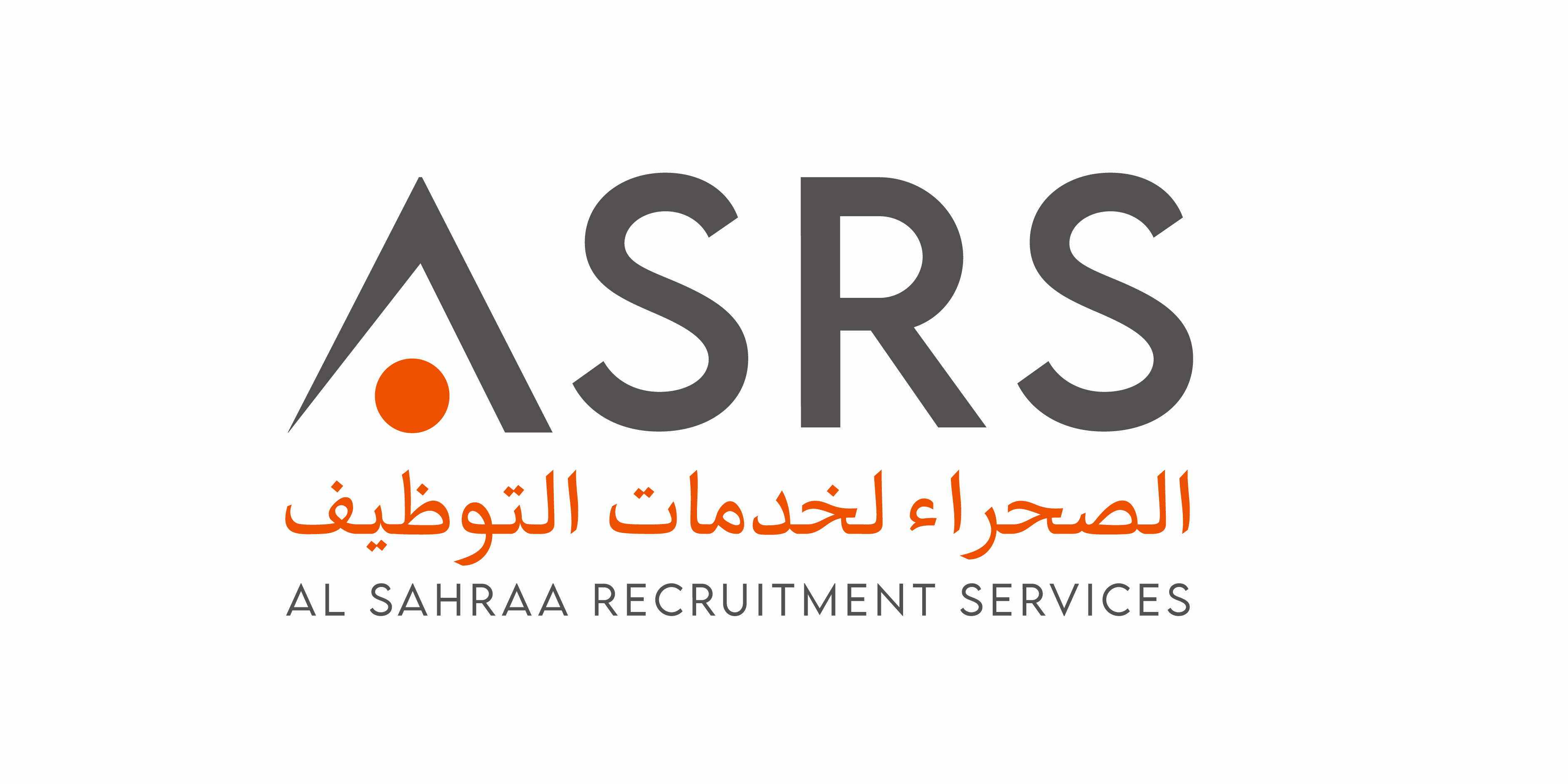In today’s globalised business environment, corporate travel plays a vital role in fostering client relationships, expanding markets, and enhancing employee development. An effective employee travel policy ensures that business trips are conducted smoothly, cost-effectively, and in alignment with company goals. This article explores the essential elements of a comprehensive travel policy, providing guidance on how to craft clear and practical corporate travel rules that benefit both the organisation and its employees.
Understanding Employee Travel
Employee travel encompasses any work-related journey undertaken by staff members outside their usual work environment. This can include attending conferences, visiting clients or suppliers, participating in training sessions, or exploring new markets. While such travel offers numerous advantages—like increased sales opportunities and professional growth—it also involves logistical considerations, expense management, and compliance with company standards.
A well-structured employee travel policy helps define expectations, streamline processes, and ensure that all trips are productive and aligned with organisational objectives. It also provides clarity on expenses, allowances, and support available to employees during their travels.
What is a Corporate Travel Policy?
A corporate travel policy (or HR travel policy) is a formal document that outlines the rules, procedures, and benefits associated with employee business trips. Its primary purpose is to establish consistent guidelines for planning, approving, reimbursing, and managing travel activities.
An effective corporate travel policy balances cost control with employee convenience and safety. It helps prevent overspending, reduces administrative burdens, and ensures compliance with legal and ethical standards. Moreover, it communicates the company's commitment to supporting employees during their travels while maintaining fiscal responsibility.
Key Components of a Comprehensive Travel Policy

To develop an effective employee travel policy, consider including the following key components:
-
Travel authorisation procedures
Define who can approve business trips and the process for obtaining necessary permissions. This might involve managers submitting requests through designated channels before booking. -
Booking guidelines
Specify preferred vendors (hotels, airlines), booking platforms or tools to be used, and any restrictions on class of service or accommodation standards. -
Travel expenses & reimbursements
Outline what expenses are reimbursable (transportation, lodging, meals), limits on spending (per diems), and documentation required for claims. -
Travel allowances & per diems
Explain what is meant by a travel allowance or per diem—daily stipends provided to cover incidental expenses—and how they are calculated. -
Travel package coverage
Detail what is included in the company's employee travel package, such as accommodation standards, transportation options, insurance coverage, and additional support like airport transfers or emergency assistance. -
Health & safety protocols
Include guidelines for ensuring employee safety during travel—such as health insurance coverage abroad or emergency contacts—and procedures for handling unforeseen issues. -
Travel benefits & incentives
Highlight any additional perks offered to traveling employees—like loyalty program participation or access to premium services—and how these are managed within the policy. -
Expense reporting & reimbursement process
Describe steps for submitting receipts or expense reports post-travel and timelines for reimbursement. -
Compliance & ethical standards
Set expectations regarding adherence to legal requirements and ethical conduct during business trips.
HR’s Role in Crafting a Travel Policy

Human Resources (HR) plays a pivotal role in designing an effective employee travel policy:
-
Assess Needs: Understand the typical nature of business trips within the organisation.
-
Set Clear Guidelines: Establish rules around booking procedures, expense limits, safety protocols.
-
Coordinate with Finance & Procurement: Ensure policies align with budget constraints and vendor agreements.
-
Communicate Policies Effectively: Provide training sessions or onboarding materials explaining procedures.
-
Monitor Compliance: Regularly review adherence to policies and update them based on feedback or changing circumstances.
-
Support Employee Well-being: Incorporate health & safety measures and support mechanisms into the policy framework.
HR’s involvement ensures that policies are fair, practical, compliant with legal standards, and supportive of employee needs.
How travel allowances are paid and utilised
The process of paying out travel allowances typically involves:
-
Pre-trip Allocation: Employees receive an estimated allowance before departure based on destination and trip duration.
-
Expense Tracking: Employees keep records of expenses incurred during their trip.
-
Reimbursement Submission: Post-trip reports are submitted with receipts detailing actual expenses.
Proper management of allowances encourages transparency while providing employees flexibility during their travels.
Step-by-Step Guide to Writing an Employee Travel Policy
Creating an effective employee travel policy involves careful planning:
Step 1: Define Objectives & Scope
Determine what types of trips are covered (domestic/international), who qualifies (all employees/executive level), and overall goals (cost control vs employee support).
Step 2: Establish Approval Processes
Set clear procedures for requesting approval—who approves trips—and timelines involved.
Step 3: Specify Booking Procedures
Identify preferred vendors/platforms; specify class of service; outline booking timelines; include guidelines for last-minute arrangements if necessary.
Step 4: Outline Expense Policies
Detail reimbursable expenses—transportation costs, accommodation standards—and set limits per category (e.g., per diem rates).
Step 5: Define Travel Allowance & Per Diem Rules
Explain how allowances are calculated; specify whether they are fixed amounts or variable; clarify what expenses they cover.
Step 6: Include Safety & Support Measures
Incorporate health insurance requirements; emergency contacts; procedures for handling incidents abroad; access to assistance services.
Step 7: Clarify Expense Reporting & Reimbursement Procedures
Describe documentation requirements; submission deadlines; approval workflows; reimbursement timelines.
Step 8: Address Compliance & Ethical Standards
Set expectations regarding adherence to laws; anti-bribery policies; confidentiality during travels.
Step 9: Communicate & Train Staff
Distribute the policy document clearly; conduct training sessions; provide FAQs or helpdesk support for queries.
Step 10: Review & Update Regularly
Periodically assess policy effectiveness; incorporate feedback from travelers; adjust based on changes in regulations or organisational needs.
Transfer Your Travel Policy to the Online Platform Tumodo

Creating travel policy rules is just the first step. But monitoring compliance and adjusting limits is a completely different, more complex process. Tumodo frees up your time for more important tasks by taking on all routine processes.
You set up a travel policy in a simple and convenient interface just once, and the system monitors its compliance for you. If an employee violates the travel policy when booking, the platform will send the service for approval.
Travel policy settings are now available for:
-
flights
-
trains
-
buses
-
stays
Define rules for specific employees based on their position or other criteria. The default travel policies will apply to all company’s employees. If a department or an employee has a different travel policies, it will take precedence. Travel policies can be combined and turned on together or separately.
An employee travel policy is more than just a set of rules—it’s a strategic tool that promotes efficient use of resources while supporting employees’ professional journeys. By including key components such as clear approval processes, detailed expense guidelines—including what constitutes a travel allowance—and comprehensive coverage details within your corporate travel plan, you create transparency and consistency across your organisation’s business trips.
Designing an HR-driven travel policy requires careful consideration of safety protocols, benefit structures like loyalty programs or insurance coverage, and practical steps for expense management. When well-crafted and effectively communicated, your company’s employee travel policy will facilitate smoother operations during business trips while safeguarding organisational interests—a win-win situation for all stakeholders involved.








